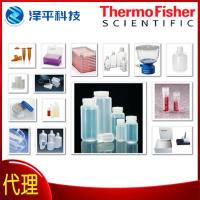Carboxyfluorescein as a Marker at Both Light and Electron Microscope Levels to Follow Cell Lineage in the Embryo
互联网
互联网
相关产品推荐

液体石蜡,8042-47-5,BioReagent, suitable for mouse embryo cell culture,阿拉丁
¥189.90

Hemagglutinin/HA重组蛋白|Recombinant H1N1 (A/California/04/2009) HA-specific B cell probe (His Tag)
¥2570

赛默飞世尔Thermo Fisher SIGN DGR FOLLOW CONF 10X14 PSV 货号:T_70119-035-025
¥70

Electron Transport Chain (Complex I, III, IV) Antibody Sampler Kit
¥500

LIGHT/TNFSF14重组蛋白|Recombinant Human TNFSF14 / LIGHT / CD258 Protein (Fc Tag)
¥1790
相关问答
推荐阅读
Analysis of the Structure of the Ruminant Placenta: Methods of Fixation, Embedding, and Antibody Localization at Light and Electron Microscope Levels
Horseradish Peroxidase as a Reporter Gene and as a Cell-Organelle-Specific Marker in Correlative Light-Electron Microscopy
Salmonella Phages Examined in the Electron Microscope

